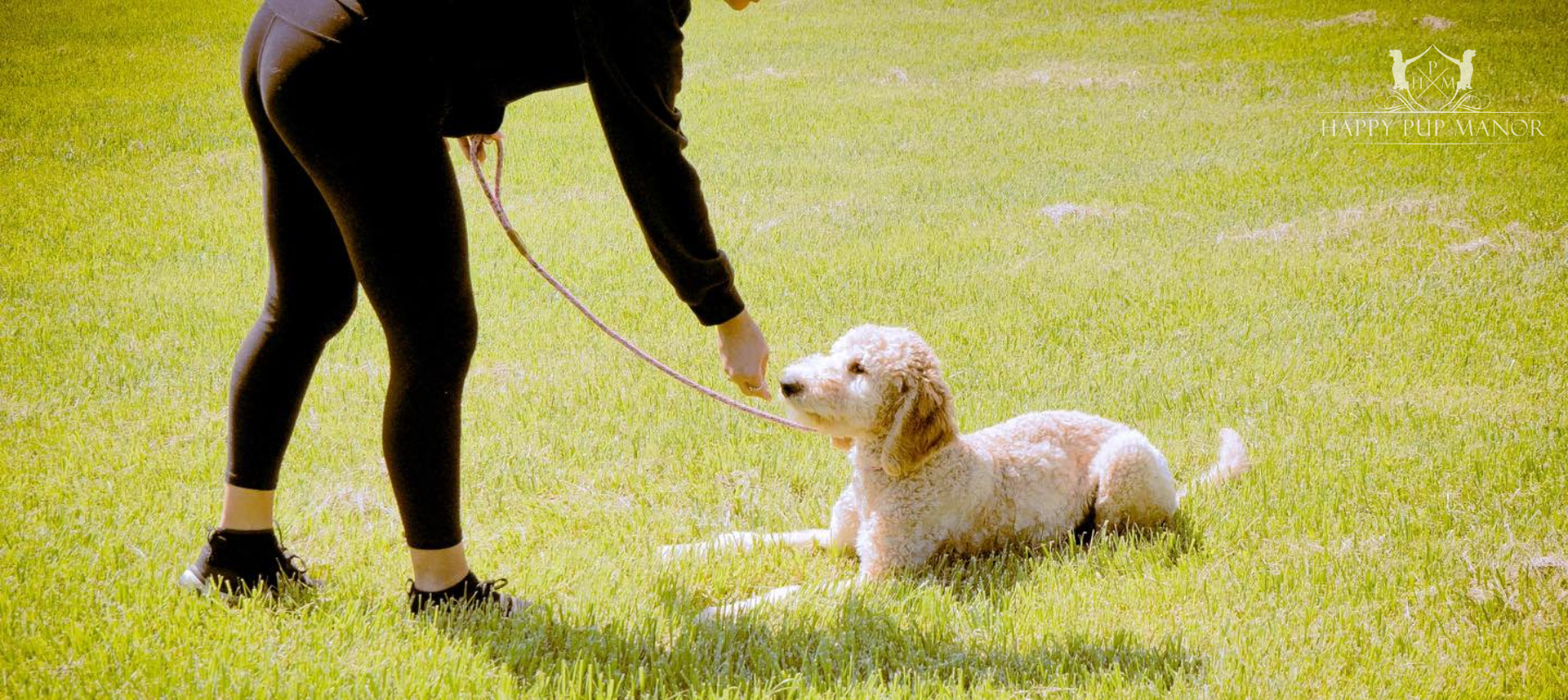Giardia in Dogs: What is it and What To Do If Your Dog Gets It?
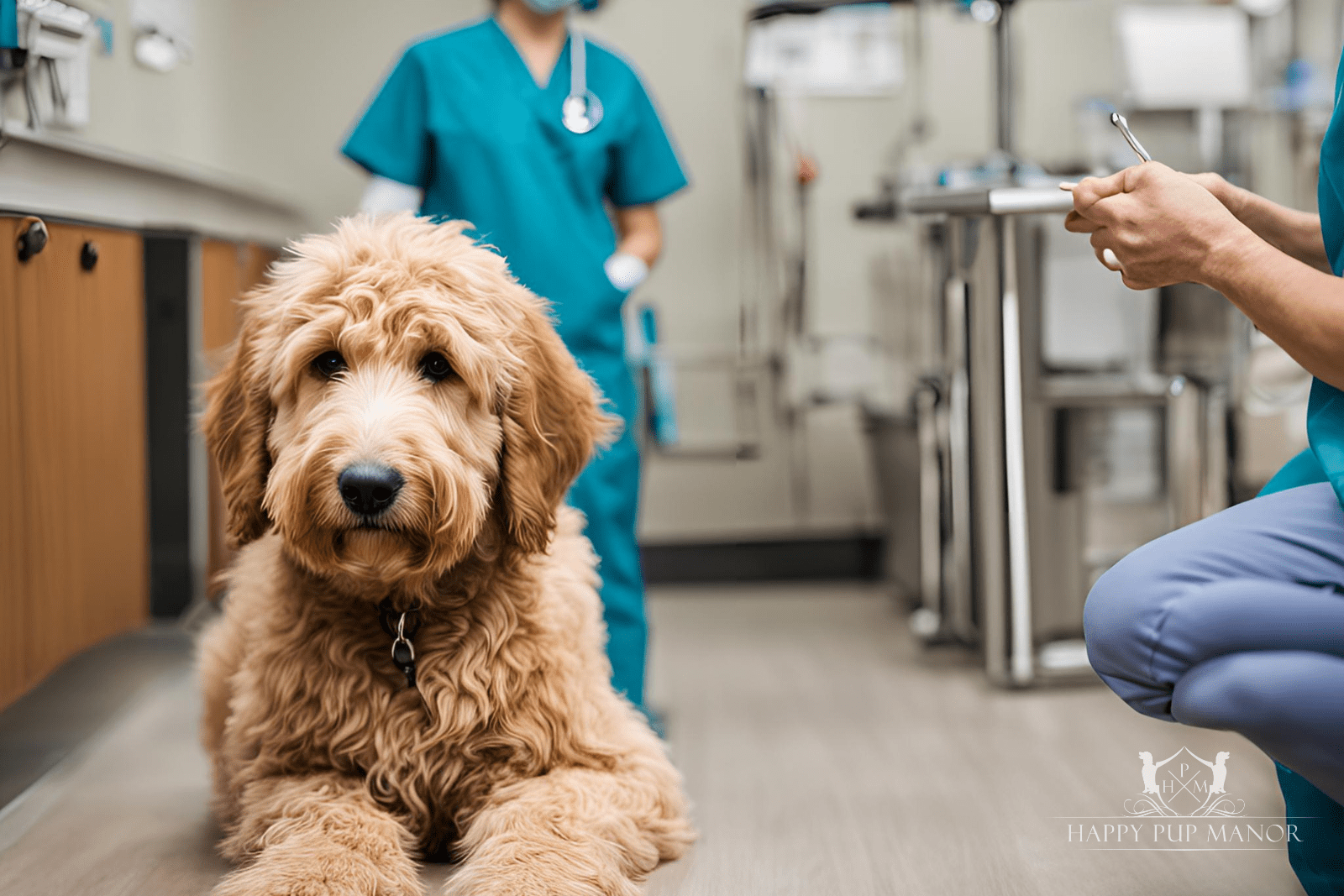
Giardia in Dogs: What is it and What To Do If Your Dog Gets It?
Is your dog feeling unwell? Has your veterinarian mentioned the possibility of Giardia in dogs, or do you suspect your pet might have it? It’s always stressful when our pups aren’t acting like themselves, especially since they can’t explain what’s wrong. This guide breaks down everything you need to know about Giardia in dogs — how to recognize it, how it spreads, how it’s treated, and how to protect your furry friend from future infections.
What is Giardia?
Giardia in dogs refers to an intestinal infection caused by a microscopic parasite known as Giardia. This protozoan parasite attaches to the lining of the intestines, leading to a condition called Canine Giardiasis. While typically not life-threatening, Giardia in dogs can cause significant digestive discomfort and lead to long-term health issues if left untreated.
Giardia in dogs involves two major stages in the parasite’s life cycle: trophozoites and cysts.
Trophozoites represent the active feeding stage, during which the parasites attach to the lining of the dog’s intestines. There, they feed, multiply, and cause irritation and inflammation. As they prepare to exit the body, they transform into cysts.
Cysts are the infective stage and are passed through feces. These hardy structures can survive outside the host for weeks, especially in moist environments. Dogs that shed a high volume of cysts contribute significantly to environmental contamination, which makes controlling giardia in dogs particularly difficult in communal areas.
How Do Dogs Get Giardia?
Giardia is a common parasitic infection that dogs can normally contract in areas with contaminated water or poor sanitation. It can also spread easily anywhere many dogs or pets are situated, such as kennels, parks, animal hospitals, or even your own home.
Contaminated Water: Drinking contaminated water from ponds, streams, puddles, or infected dog water bowls.
Fecal-Oral Route: Consuming cysts from polluted surfaces, like soil, or through direct contact with the feces of an infected animal.
Licking/ Grooming: Licking or grooming fur that has come into contact with Giardia cysts.
 Infection occurs when a dog swallows anything infected by the parasite, which then passes into its intestines and attaches to the intestinal wall. Eventually, as the parasites develop in the intest
Infection occurs when a dog swallows anything infected by the parasite, which then passes into its intestines and attaches to the intestinal wall. Eventually, as the parasites develop in the intest
ines, dogs pass the infectious parasites in their stool, which can then infect
other dogs again. Since Giardia can be easily transmitted, if you have a dog who gets infected, there will be a high chance that your other pets can be infected easily through playing, licking, and sharing food and water.
Note: Most dogs that get infected with Giardia can be asymptomatic or show no signs or symptoms of the infection, but they can still pass on the parasite to other dogs and infect them.
What are the Symptoms of Giardia in Dogs?
Diarrhea and loose stool are the most common symptoms of dogs infected with Giardia, as the parasite lives in the intestine. Stools will typically appear yellowish, greenish, or even brown, but they are very watery and may sometimes have traces of blood. Some other observable symptoms are:
- Foul-smelling, greasy stool

- Flatulence
- Gradual weight loss
- Dehydration
- Vomiting
- Loss of appetite
- Abdominal discomfort or bloating
Dogs that are immunocompromised or puppies that still have developing immune systems can also experience fever and show more signs of weakness, so it is crucial that you have them checked as soon as you observe anything out of the ordinary.
How To Diagnose Giardia in Dogs?
Since the symptoms of Giardia are similar to those of other possible infections or conditions, the best route is to visit your veterinarian. Dogs that get infected but are asymptomatic can still pass on the parasite and infect other dogs, pets, and even humans, so it is best to consult with your vet instead of trying to find a cure for your pup on your own.
Typical tests to diagnose Giardia in dogs are:
- Stool Tests: Microscopic examination of stool samples to identify Giardia cysts or trophozoites.
- Antigen Tests: ELISA (Enzyme-Linked Immunosorbent Assay) tests to detect Giardia antigens in the feces.
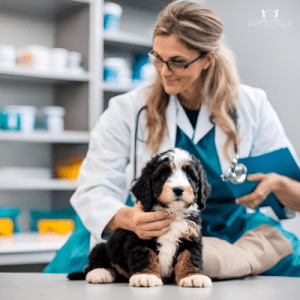
Your vet will ask you to share your dog’s history, symptoms, and behavior, so it would be best to note your observations before your visit. This way, you won’t miss any symptoms or behavior your pup may have. Depending on the case, your vet may need to take multiple antigen tests or fecal tests to check the presence of the parasite.
Also, since the cysts are shed from time to time, your vet will also need to repeat the tests over a period of days to ensure an accurate diagnosis. From the time your vet issues medications to your dog, you would have to get it re-tested after two to four weeks to ensure that your dog is clear from Giardia.
Read: How to Find A Good Vet for Your Pup
What is The Treatment for Giardia in Dogs?
Once your vet has confirmed Giardiasis in your dog, he will prescribe medication that can control and get rid of the parasites in the body. Common medications given to treat Giardia are metronidazole, fenbendazole, or sometimes both if necessary.
In addition to medication, environmental management, and supportive treatment are needed to facilitate faster recovery for your dog. Closely follow your vet’s instructions on what food to give your dog since these can help with diarrhea and dehydration symptoms.
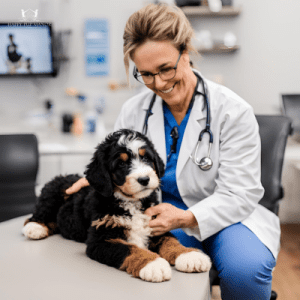 Medication: Vets typically prescribe medications such as metronidazole or fenbendazole to treat Giardiasis. These medications are often given for several days.
Medication: Vets typically prescribe medications such as metronidazole or fenbendazole to treat Giardiasis. These medications are often given for several days.
Hydration: Ensure your pup stays hydrated, especially if experiencing diarrhea, by keeping water bowls accessible at all times.
Environmental Cleaning: Thoroughly clean and disinfect the dog’s living areas, including bedding and toys. You can also clean areas of your home where your dog frequently stays, especially your backyard. Regular bathing can help remove cysts from the dog’s fur, so follow your vet’s recommendation on how often you should bathe your dog.
Preventive Measures: If you have other pets in the house, it would be best to have them tested as well. Make sure that your dogs don’t share food and water bowls, and clean their waste immediately to prevent infection from being passed.
Is There a Vaccine Against Giardia?
Currently, there is no approved vaccine for giardia in dogs, which makes prevention even more important. While research continues into potential vaccination options, the best defense remains good hygiene, clean living conditions, and routine vet visits.
Keep your dog from drinking from unknown or stagnant water sources, avoid high-risk areas if there’s a known Giardia outbreak, and follow your vet’s advice for parasite prevention. Until a vaccine becomes available, these steps are your best tools for minimizing the risk of giardia in dogs.
Is Treating Giardia Expensive?
Treating giardia in dogs is generally affordable. The cost usually includes a vet consultation, fecal tests, and a course of medication. Since the drugs involved are commonly used and don’t require hospitalization, most owners find the treatment manageable.
However, waiting too long to address symptoms can result in complications that may lead to more extensive care or emergency visits. Early diagnosis and treatment keep expenses low and reduce the risk of your dog spreading giardia in dogs to others.
Can Humans Get Giardia From Dogs?
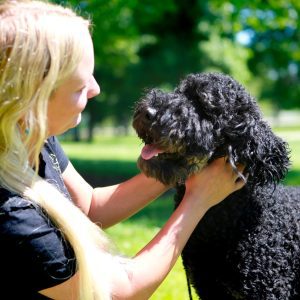
Yes, Giardia can be passed on from dogs to humans and can also cause diarrhea. Contaminated water is also the most common cause of humans getting infected with Giardia, so drinking water from clean sources is important.
If your dog has been diagnosed with Giardiasis, make sure to clean and disinfect your home environment while maintaining proper hygiene at all times to prevent accidental spread. People with a weakened immune system are very susceptible to Giardia, so you should take extra precautions when administering medications and handling your infected dog.
How To Prevent Giardia in Dogs?
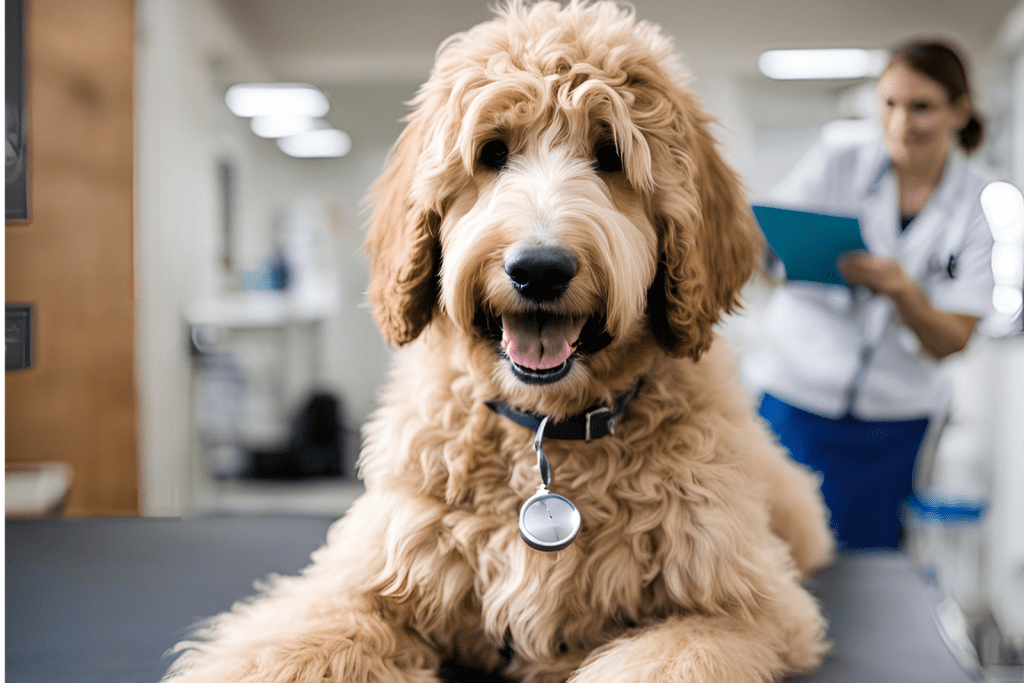
Preventing giardia in dogs starts with controlling exposure and maintaining clean environments.
Clean Water Only: Never allow your dog to drink from standing water, puddles, or communal bowls at parks.
Practice Hygiene: Wash your hands thoroughly after handling your dog, cleaning up feces, or touching items they frequently use.
Sanitize Regularly: Clean your dog’s bowls, bedding, toys, and living areas with pet-safe disinfectants.
Vet Visits: Stick to regular checkups and request fecal testing if your dog has any digestive changes.
These precautions reduce the risk of infection and help ensure your dog lives a happy, healthy, Giardia-free life.
If your dog is infected with Giardia, don’t panic! Following these guidelines can help protect your dog from Giardia infections and ensure their overall health and well-being. If you suspect your dog may have Giardia, consult your veterinarian as soon as possible for an accurate diagnosis and appropriate treatment plan.




